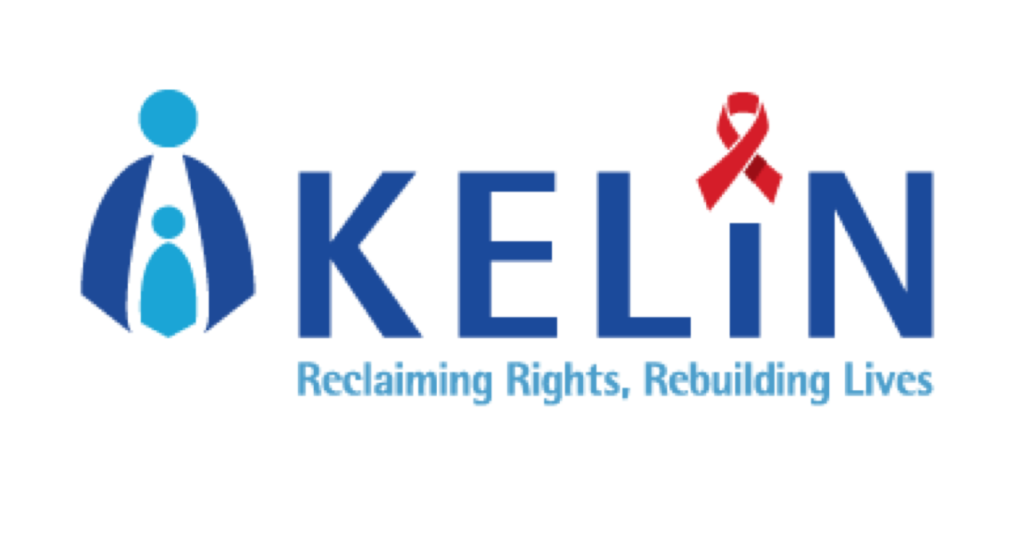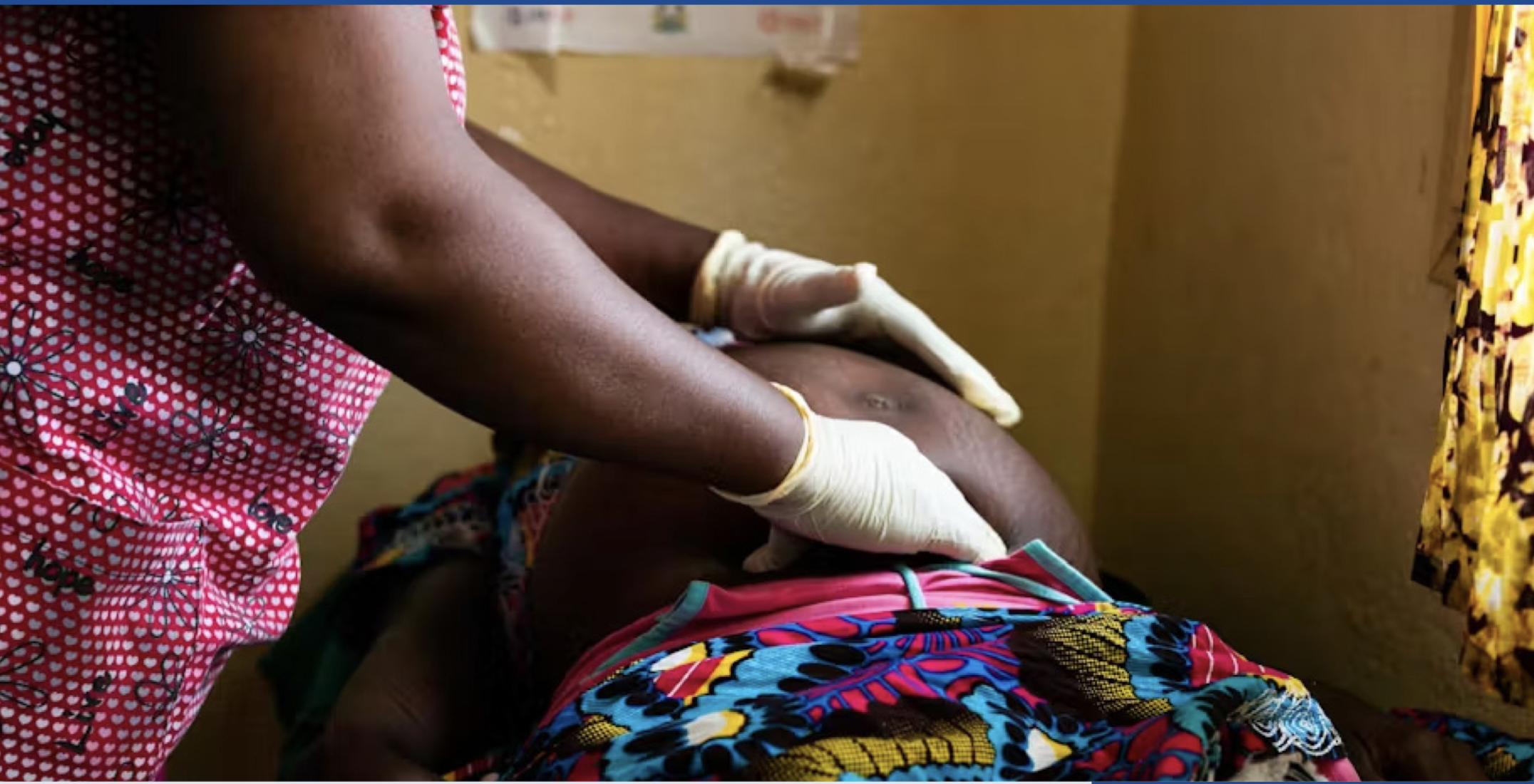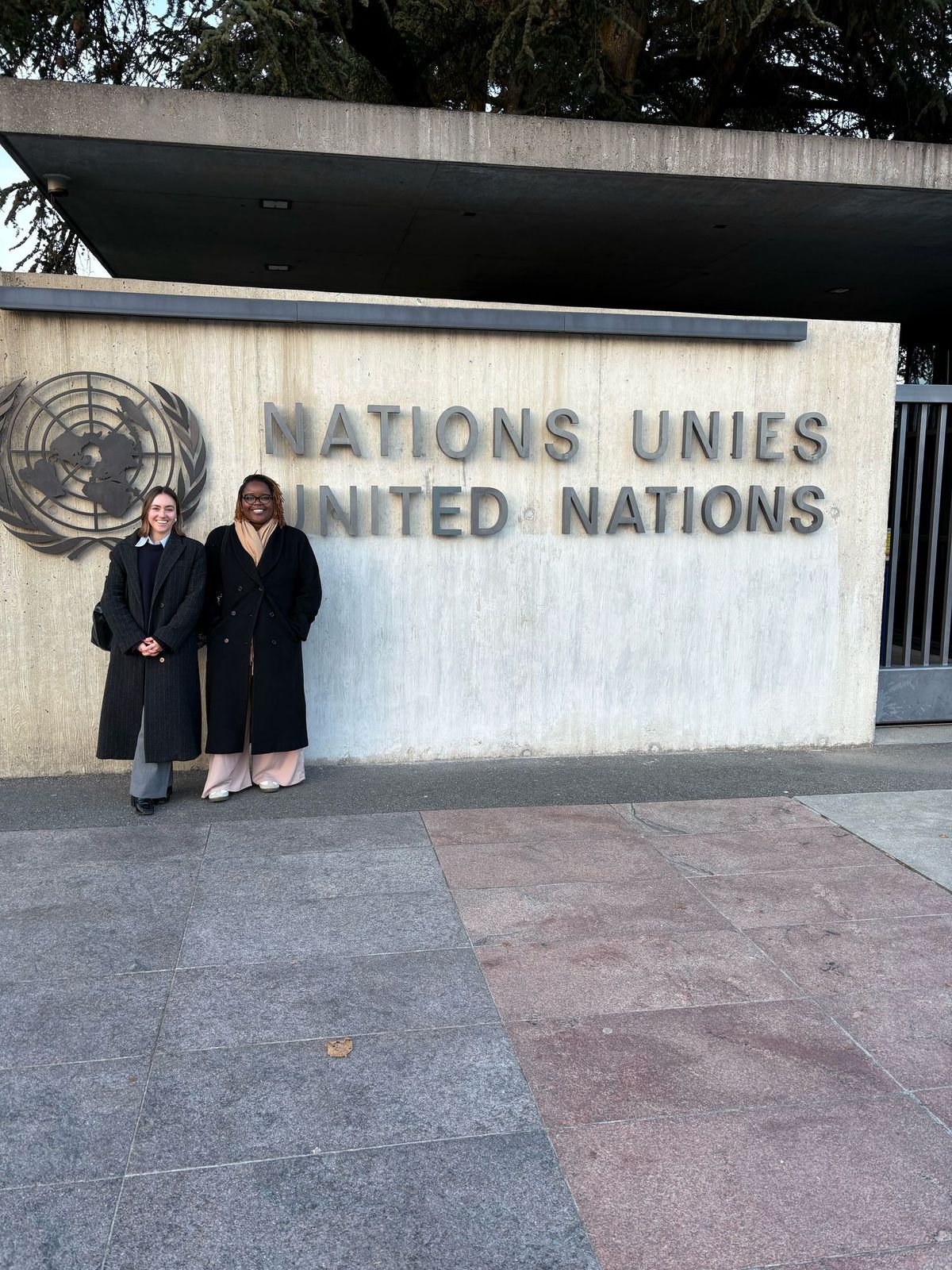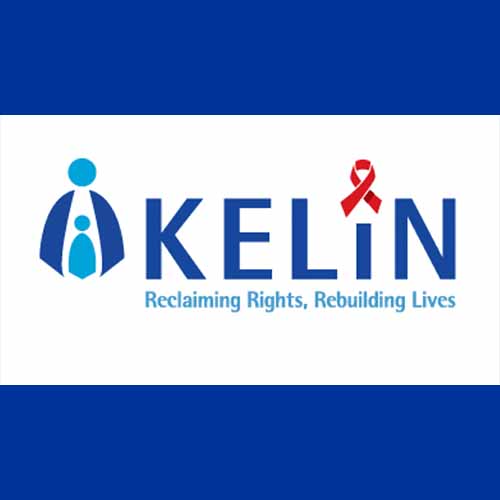By Nitya Kuruvila – Research Fellow at KELIN
Introduction
Kenya is among the top 12 countries in Africa burdened by HIV, with the number of people living with HIV estimated to be 1.5 million 1. The annual incidence rate is 0.14%, which is beyond the epidemic control target of 0.01% 1. Numerous efforts have been taken to curb the epidemic which have resulted in nearly a 25% decline in incidence rates between 2018 and 20201. Despite this progress, a significant portion of the population remains at risk. HIV disproportionately impacts certain populations, including men who have sex with men (MSM), sex workers, injecting drug users, adolescent girls and young women. The prevalence of HIV also differs between females and males with prevalence rates being 5.2% and 4.5%, respectively 2. Several safe and effective HIV prevention tools have been made available by the Kenyan government, the most common methods being condoms and pre-exposure prophylaxis (PrEP). Novel prevention tools such as cabotegravir (CAB-LA) and dapivirine vaginal ring (DVR) are yet to be made widely accessible to the local population 1.
Kenya is also among the top 30 countries globally burdened by tuberculosis (TB) 2. In 2021, the incidence of TB was estimated to be 133,0003. Key populations impacted by TB include refugees, children, people living in precarious housing and people living with HIV 4. Those living with HIV are 16 to 27 times more likely to contract TB compared to the general population and are estimated to account for 28% of TB cases in Kenya 4. Contrary to HIV, TB is more prevalent among men than women, accounting for 56.6% of cases in Kenya compared to 32.5%, respectively 3. Efforts have been taken nationally and globally to reduce the burden of TB; the World Health Organization (WHO) End TB Strategy has set a goal to end the TB epidemic globally by 20353.
Numerous political, social and economic barriers prevent people with HIV and TB from accessing medicines in Kenya. The Socio-Ecological model recognizes the complex interplay of these social and environmental factors that influence health and can be used to examine the various levels of barriers that prevent people from accessing medicines 5.
This model examines factors at 5 levels: intrapersonal, interpersonal, institutional, community and public policy.
Intrapersonal
Intrapersonal factors focus on individual characteristics such as knowledge, attitudes and beliefs that influence health 5. Perceived susceptibility, severity and self-efficacy can influence HIV and TB medication uptake. Low perception of risk and the seriousness of acquiring HIV and TB due to the success of existing treatments, as well as the lack of confidence in the ability to adhere to daily medication prevents many individuals from seeking medication 6,7. Misconceptions regarding the usage and potential side effects also act as a barrier to accessing medications. Young women at high risk for HIV cited concerns of addiction and physical manifestations of usage such as rashes, weight gain and excessive menstrual bleeding associated with PrEP 6. Self-stigma regarding HIV and TB due to fear of discrimination, moral judgement and loss of social support also act as a significant barrier 4. Hesitancy to access medication is further exacerbated by religious beliefs which promote prayer and discourage the use of medication for healing 6.
Interpersonal
Interpersonal factors refer to social networks that support and hinder health behaviours 5. A significant barrier to accessing HIV and TB medicines is the relationship and mistrust with medical professionals. Many individuals have reported losing trust in medical professionals due to experiencing discrimination and, rude and unfriendly interactions 8. This mistrust is amplified by breaches in confidentiality and privacy regarding medical information and HIV or TB status 4,8. The relationship between an individual and their partner can also act as a barrier to accessing medication. PrEP usage can be viewed by partners as a sign of mistrust, unfaithfulness or engagement in high-risk behaviours 6. Additionally, for young women, financial constraints lead to engaging in relationships with power imbalances which causes fear to begin taking PrEP, even among those who perceive themselves to be high-risk 6.
Institutional
The institutional level refers to the rules, regulations and policies of institutions and organizations that influence health behaviour 5. One of the greatest barriers to accessing HIV and TB medication in Kenya is systemic stigma and discrimination toward those belonging to key populations and with a positive HIV or TB status 2,4. This is compounded by the lack of adequate, effective, informed HIV- and TB-specific healthcare, particularly for institutionalized populations 4,8,9. A lack of resources (time, financial and personnel) often results in inefficiencies, delays in service delivery, long queues and poor quality of services 3,8. The distance to health facilities, the need for frequent follow-up and high transportation costs also contribute to the inaccessibility of health facilities, even more so in rural areas 3,8. Systemic homophobia and discrimination in the police force also act as a barrier to accessing HIV and TB medicines. Attacks and harassment faced by members of key populations and raids of organizations providing services to these populations prevent access to HIV and TB service facilities. 24% of MSM report having been beaten up or arrested in the previous six months; similarly, sex workers report facing harassment and violence at the hands of the police force 4. Furthermore, once arrested, individuals may not have access to testing or treatment services4. Religious institutions also contribute to the barriers to accessing medication. Many religious leaders encourage stigma and promote the notions that having a positive HIV status, engaging in certain high-risk behaviours and being a member of a key population are sinful4. They also promote the use of prayer over medication as treatment and perpetuate myths and misconceptions about HIV and TB4.
Community
Community factors include the formal and informal societal norms existing at various levels 5. Societal stigma and discrimination against those who are affected by TB and HIV influence the use of medicines among these populations. The negative stigma associated with HIV and TB discourages many individuals from taking medication or entering specialized healthcare facilities due to fear of assumptions being made regarding their status 6,8. Stigma and misconceptions about HIV are prevalent in the community and deeply rooted. 61% of people believe it is a punishment for bad behaviours, 48% are hesitant to have their children play with someone with a positive HIV status and 52% report that they would not buy food from someone knowing they have a positive status 4. Religious beliefs exacerbate this stigma, and the resultant discrimination is compounded for many key populations 4. 34% of individuals report experiencing discrimination in the workplace, while 79% report experiences in the healthcare setting 4.
Public Policy
Public policy examines policies and laws at all levels of government that impact health5. The criminalization of same-sex conduct, HIV, and drug use creates significant barriers to accessing HIV and TB medicines and increases vulnerabilities among key populations 2,4. The threat of legal action strongly discourages and disincentivizes HIV testing and treatment due to fear of the repercussions. The criminalization of HIV transmission also disproportionately affects women who are more likely to be aware of their status 4. While laws exist to prevent discrimination against those with HIV and against forced sterilization and public condemnation, insufficient action is being taken to enforce these laws, particularly in rural areas 4, which further discourages individuals from seeking health services.
Other Factors
Another barrier to accessing medicines and health services is financial constraints. While these are generally free, frequent stockouts of medications at public health facilities and a lack of health insurance force individuals to pay out of pocket 3,4,9. Extra costs such as transportation can further limit individuals’ access to these facilities and medicines 6,8. The lack of community and government support for basic needs as well as discrimination and networks of oppression faced by key populations result in increased rates of poverty, homelessness, and food insecurity as well as lower rates of education and employment 9. All these circumstances have been linked to the decreased use of medication due to the low priority put on health care in the interest of meeting basic needs.
Conclusion
Despite the provision of HIV and TB prevention and treatment tools in Kenya, a significant portion of the population remains at risk. Numerous factors limit access to HIV and TB medicines for vulnerable populations in Kenya. This epidemic impacts the health and well-being of millions of people in the country. Urgent action and policy changes are needed to reduce these barriers and ensure health equity for all. Advocacy efforts should focus on reducing stigma and discrimination towards HIV and TB and improving the availability, accessibility and affordability of HIV and TB medicines across Kenya.
References
1. KELIN. Classification of HIV Prevention Tools, Their Accessibility, Availability and Affordability.; 2023. https://www.kelinkenya.org/wp-content/uploads/2024/06/Report-Classification-of-HIV-Prevention-Tools-Accessibility-Availability-and-Affordability.pdf
2. KELIN. Barriers That Affect Realization of the Right to Health Services in Relation to HIV, TB and SRH.; 2018. https://kelinkenya.org/wp-content/uploads/2019/06/Barriers_realization_rights_HIV_TB_SRH_KELIN-2019-.pdf
3. The Light Consortium. Barriers to Accessing Successful Treatment for TB Infection among Adolescents and Young Men: A Political Economy Analysis in Kenya. AFIDEP; 2023. https://afidep.org/publication/barriers-to-accessing-successful-treatment-for-tb-infection-among-adolescents-and-young-men-a-political-economy-analysis-in-kenya/
4. The Global Fund. Scaling-up Programs to Reduce Human RightsRelated Barriers to HIV, TB and Malaria Services.; 2021. https://www.theglobalfund.org/media/11515/crg_humanrightsbaselineassessmentkenya_report_en.pdf
5. Pearson TA. Ecological Models – Rural Health Promotion and Disease Prevention Toolkit. Rural Health Information Hub. Published December 2011. https://www.ruralhealthinfo.org/toolkits/health-promotion/2/theories-and-models/ecological
6. Katz IT, Ngure K, Kamolloh K, et al. Multi-level Factors Driving Pre-exposure Prophylaxis Non-initiation Among Young Women at High Risk for HIV in Kenya. AIDS Behav. 2023;27(1):106-118. doi:10.1007/s10461-022-03748-9
7. Chebet NA, Kirui J, Otieno G, Sanga D, Wanjau G, Yoos A. Tuberculosis Treatment Adherence among Patients Taking Anti-TB Drugs in Kilifi County, Kenya. Afr J Health Sci. 2022;35(2):210-223.
8. Wachira J, Naanyu V, Genberg B, et al. Health facility barriers to HIV linkage and retention in Western Kenya. BMC Health Serv Res. 2014;14(1):646. doi:10.1186/s12913-014-0646-6
9. Khan M, MacEntee K, Kiptui R, et al. Barriers to and facilitators of accessing HIV services for street-involved youth in Canada and Kenya. BMC Public Health. 2022;22(1):1901. doi:10.1186/s12889-022-14290-7
10. Access HIV and TB medicicnes. Accessed July 9, 2024. https://www.theglobalfund.org/media/11515/crg_humanrightsbaselineassessmentkenya_report_en.pdf



